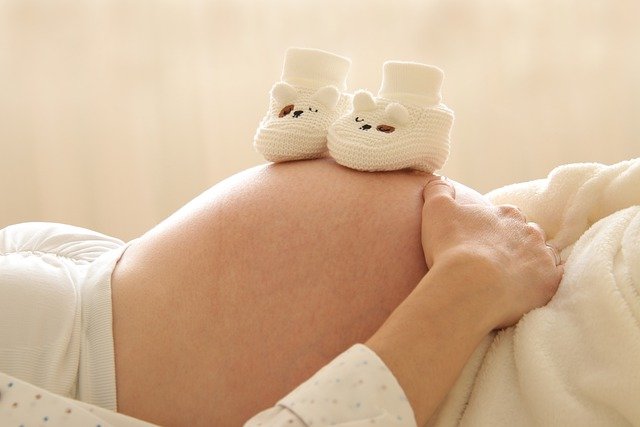IVF or “in-vitro fertilization” means fertilization outside the body. Since the first IVF (test-tube) baby, Louise Brown was born in 1978, it has helped many couples achieve their dream of parenthood.
IVF is a commonly performed assisted reproductive technology(ART) procedure, which involves four steps viz.
- Controlled Ovarian Hyperstimulation
- Egg Retrieval/ Oocyte pick up (OPU)
- Fertilization in the Embryology Lab
- Embryo Transfer
Controlled Ovarian Hyperstimulation
A female partner opting for IVF treatment is put on 10-12 days of daily hormonal injections to develop multiple eggs in each ovary (as opposed to a single egg that develops in a normal monthly cycle in either ovary). With regular ultrasound monitoring & blood tests, the growth of the egg-containing follicles is assessed and the appropriate time for egg retrieval is determined.
Before the retrieval procedure, the woman is injected with a specific trigger hormone to enable the maturation of the developing eggs and promote the ovulation process. The eggs must be retrieved just before they start emerging from the follicles in the ovaries. Timings are very important in IVF procedures.
Egg Retrieval/ Oocyte pick up (OPU)
Once the eggs are ready, they are retrieved through a minor procedure. Under ultrasound guidance, a hollow needle is introduced through the vagina to aspirate the eggs from the ovary. This procedure is done under anesthesia and is pain-free. On the same day, the male partner is asked for his semen sample, this sample is then prepared in the andrology lab for the fertilization process.
Fertilization in the Embryology Lab
The retrieved egg and the prepared semen sample are incubated in the embryology lab in special media to aid fertilization.
In some cases, where the sperm count of the male is extremely low or other parameters are deranged, fertilization may be combined with a procedure known as intracytoplasmic sperm injections (ICSI). In this, a single sperm is directly injected into the egg to achieve fertilization under a high-power microscope.
Regular monitoring on a daily basis is done to confirm the fertilization & cell division process. Once this happens, the fertilized eggs are referred to as embryos.
The embryos are then kept in the laboratory for observation. This process may take up to 5 days until the embryo reaches a more advanced blastocyst stage.
Embryo Transfer
After 3-5 days following the egg retrieval and fertilization, the embryos are transferred into the female partner’s uterus using a soft flexible catheter. This is a comfortable painless procedure. After 5-10 days post the egg retrieval process, implantation occurs which is the attachment of the embryo to the endometrium of the uterus.
As a common practice, it is recommended to transfer 2-3 embryos in a single transfer cycle. This may however lead to multiple pregnancies.

Recovery:
After the Embryo transfer (ET) procedure, a patient is advised to stay in bed for 1-2 hours. Most women can resume their day-to-day activities the next day.
Some women may experience mild cramping and bloating post the egg retrieval procedure which is temporary.
Two weeks after the IVF procedure, the fertility specialist will advise you to take a pregnancy test.
How does a typical IVF Cycle function?
A typical IVF cycle till the pregnancy test is about 30 days long.
-
- Day 1 of the menstrual cycle/period: Usually on the start of menses day 1, the patient informs the IVF center about it and seeks consultation with the fertility specialist. They also undergo hormonal tests advised by the fertility specialist. Based on the results of the test and clinical evaluation the female partner is put on hormonal injections containing gonadotropins from day 2 of menses.
- Day 6: A follow-up with the fertility specialist is done to check if enough follicles have developed to continue the IVF cycle. Further growth of the follicle is monitored on subsequent visits.
- Day 8-12: The female partner is given a trigger injection of either human chorionic gonadotropin (hCG) or an agonist.35 hours after the trigger injection, the eggs are retrieved from the ovaries. Simultaneously, sperm is collected from the male partner and the In-vitro fertilization is performed using the retrieved egg and sperm in a laboratory dish.
Day 13: The embryologist checks the dish to see how many eggs have been fertilized and their quality. If there are multiple good-quality embryos, some may be frozen for future IVF cycles.
Day 15-17:The embryos are now transferred into the woman’s uterus using a soft flexible catheter.
Days 28-30: Time to take the pregnancy test- blood test for Beta Hcg!









